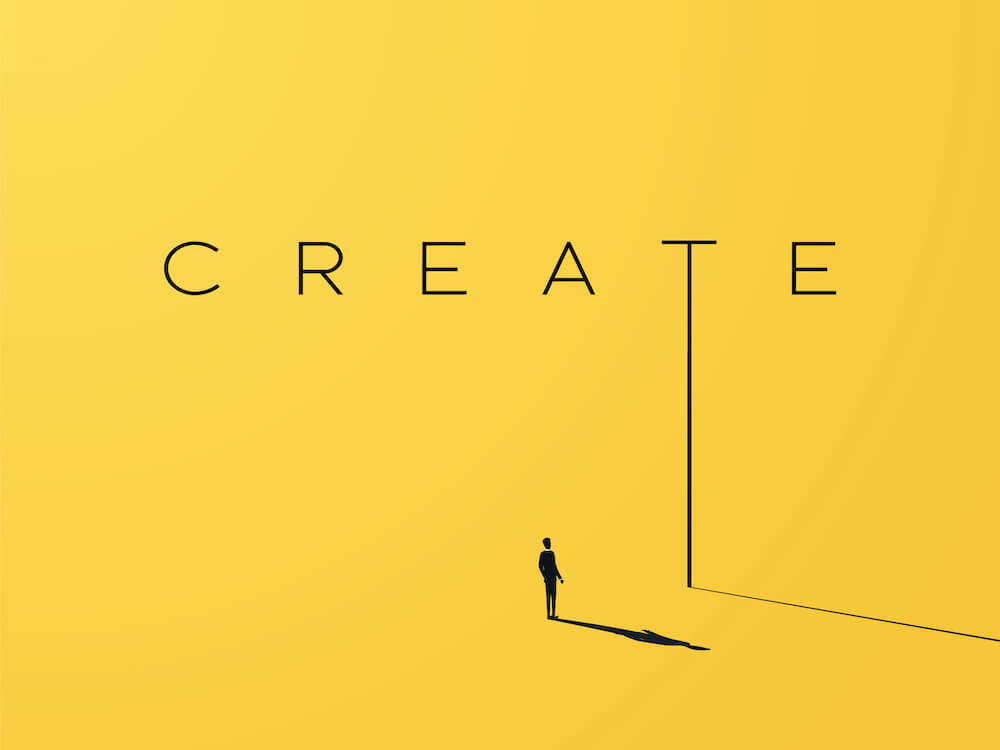
Custom Software Development Solutions
Innovative Software Tailored to Your Business Needs
At DVORA AI LLC, we specialize in delivering custom software solutions that empower businesses to achieve their goals. Whether you're streamlining operations, enhancing customer experiences, or creating new revenue streams, we design and develop software that aligns perfectly with your vision.
Expertise Across Industries
We bring experience in a range of sectors, from healthcare to finance and beyond.
Client-Centric Approach
Your success is our priority; we work closely with you every step of the way.
Agile Methodology
Flexible and efficient processes ensure timely delivery without compromising quality.
Consultation & Discovery
Understand your business challenges and goals.
Strategic Planning
Develop a roadmap for development or process optimization.
Design & Development
Build innovative, user-friendly software solutions tailored to your needs.
Testing & Deployment
Ensure flawless performance before launch.
Small Milestones
Small Milestones (prototype or early-stage)
Medium Milestones
Medium Milestones (feature release or beta testing)
Large Milestones
Large Milestones (final delivery, product launch)
Custom Software Development
From concept to deployment, we create powerful, user-friendly software tailored to your requirements.
Enterprise Solutions
Design software that enhances productivity, automates processes, and improves decision-making for businesses of any size.
Seamless Integrations
From payment gateways to inventory management systems, we integrate the tools you need to run your business efficiently.
API Integration
Enable seamless communication between different software systems for maximum efficiency.
Software Modernization
Upgrade legacy systems with modern technologies for improved performance and scalability.
Maintenance & Support
Keep your software running smoothly with our ongoing maintenance and support services.
Custom Software Development Pricing Model
Creating a pricing model for custom software development depends on various factors, including the complexity of the project, the time required, the skill set needed, the geographical location of the development team, and the preferred billing model. Below are several common pricing models that our company is using
1. Fixed Price Model
In a fixed-price model, the client and the development team agree on a set price for the entire project. This model works best for projects with clear and well-defined requirements. The risks are on the development team to deliver the project as agreed.
Key Components:
- Project Scope: Well-defined requirements, deliverables, and timelines.
- Timeline: Fixed project duration.
- Payment Schedule: Typically paid in installments, such as an upfront deposit and milestone payments.
Ideal for:
- Small to medium-sized projects with minimal changes.
- Projects with a clear and defined scope.
Example Pricing:
- Small Project (1–2 months): $10,000 - $25,000
- Medium Project (3–6 months): $25,000 - $75,000
- Large Project (6+ months): $75,000 - $200,000
2. Time and Materials (T&M) Model
In this model, clients pay based on the actual time and resources spent on the project. The development team charges an hourly or daily rate for the time spent on the project, and the total cost depends on the project's duration and scope changes.
Key Components:
- Hourly or Daily Rates: Defined per developer, project manager, or designer.
- Flexibility: Allows for changes in scope during the project.
- Payment Schedule: Typically billed monthly or after specific milestones are met.
Ideal for:
- Projects with evolving or unclear requirements.
- Long-term projects where scope may change frequently.
Example Pricing:
- Junior Developer: $50 - $75 per hour
- Senior Developer: $100 - $150 per hour
- Project Manager: $100 - $200 per hour
- Designer: $50 - $100 per hour
3. Dedicated Team Model
This pricing model involves hiring a dedicated team of developers, designers, and project managers to work exclusively on a client's project. The client pays for the team’s time, and the team works on the project as if it were an in-house team.
Key Components:
- Dedicated Resources: The client can access a fixed number of developers or specialists.
- Flexible Scope: Allows for continuous change requests.
- Monthly Fees: Charged monthly for the team's services.
Ideal for:
- Long-term projects or ongoing product development.
- Clients who need constant availability of development resources.
Example Pricing:
- Dedicated Developer (full-time): $3,000 - $10,000 per month
- Dedicated Designer (full-time): $2,500 - $7,000 per month
- Project Manager (full-time): $5,000 - $12,000 per month
4. Value-Based Pricing
In a value-based pricing model, the price is determined by the value the software brings to the client’s business rather than the effort required to build the software. The more value the software creates, the higher the price.
Key Components:
- Value to Client: Pricing is based on the business impact, such as cost savings, revenue growth, or efficiency improvements.
- Negotiated Pricing: Often customized based on ROI (Return on Investment) and business goals.
- Risk Sharing: The development team may accept a lower base price with performance bonuses tied to business outcomes.
Ideal for:
- Projects where the value to the client is significant and measurable.
- Businesses focused on long-term benefits and outcomes.
Example Pricing:
- Small to Medium-sized Value Projects: $20,000 - $100,000 (based on agreed-upon value).
- Large Value Projects: $100,000 - $500,000+
5. Subscription-Based Pricing (SaaS Model)
In a subscription-based model, clients pay for software on a recurring basis, typically monthly or annually. This model is ideal for software products that are delivered as a service, such as SaaS platforms.
Key Components:
- Recurring Payments: Charges based on usage, number of users, or features accessed.
- Tiers: Different pricing levels based on features, usage, or number of users.
- Maintenance and Updates: Often included in the subscription price.
Ideal for:
- SaaS products or platforms with ongoing maintenance and updates.
- Projects where continuous updates, scaling, or new features are required.
Example Pricing:
- Basic Tier (for small teams): $10 - $50 per user/month
- Enterprise Tier (for larger businesses): $200 - $1,000+ per user/month
- Custom Enterprise Solutions: $5,000 - $50,000 per month (based on usage and customization)
6. Milestone-Based Payment
The milestone-based payment model is a hybrid approach, where payments are made after achieving specific milestones during the software development process. This provides flexibility for clients while ensuring that developers are paid for their work incrementally.
Key Components:
- Milestone Definition: Clear and measurable objectives for each milestone.
- Payment After Completion: Payment is made after successfully achieving each milestone.
- Transparency: Both parties agree on what constitutes the completion of a milestone.
Ideal for:
- Medium to large-sized projects.
- Projects with unclear or evolving requirements.
Example Pricing:
- Small Milestones (prototype or early-stage): $5,000 - $10,000 per milestone.
- Medium Milestones (feature release or beta testing): $10,000 - $30,000 per milestone.
- Large Milestones (final delivery, product launch): $30,000 - $100,000+ per milestone.
7. Hybrid Model (Combination)
A hybrid pricing model combines elements of different models, typically a fixed price for certain phases and time and materials for other phases.
Key Components:
- Initial Phase (Fixed Price): Fixed cost for initial discovery, planning, and design.
- Subsequent Phases (T&M): Time-based billing for development, testing, and modifications.
- Flexibility: Allows adjustments to the scope after initial phases.
Ideal for:
- Complex projects with well-defined early phases but evolving later stages.
Example Pricing:
- Discovery/Planning (Fixed Price): $5,000 - $25,000
- Development (T&M): $75 - $150 per hour
- Post-launch Support (T&M or Subscription): $1,000 - $10,000 per month
Choosing the Right Model
The best pricing model depends on the specific project requirements, the degree of certainty in the scope, budget constraints, and the need for flexibility. Here's a quick guide:
- Fixed Price: Best for clear, well-defined projects.
- Time and Materials: Ideal for projects with evolving requirements.
- Dedicated Team: Suitable for long-term projects needing constant attention.
- Value-Based: Works when the business impact of the software is measurable.
- Subscription-Based: For SaaS products and recurring services.
- Milestone-Based: Ideal for larger, complex projects with multiple phases.
- Hybrid: For projects that combine fixed and flexible phases.
By assessing the nature of the project and the client's business goals, we can select the most appropriate pricing model.

